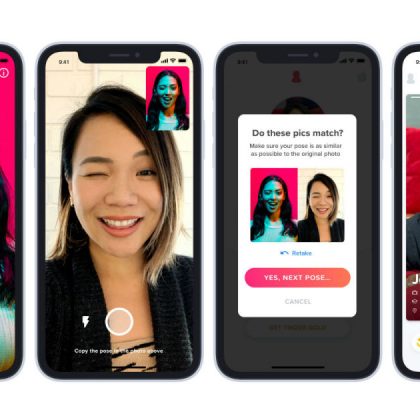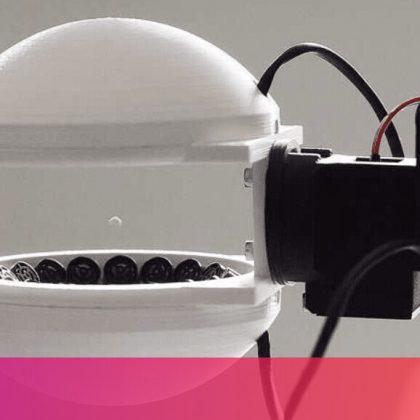On April 21st, two days after we first reported on how these bots were invading Instagram, celebrity and social media influencer Chrissy Teigen tweeted about the issue to her more than 11 million followers. “Honestly Instagram needs to handle this shit,” she said. It was a reply to a tweet from someone who had taken a screenshot of the comments section in one of Teigen’s Instagram posts, which showed it being flooded by spam comments like the examples given above. “I don’t know how you cope,” the tweet to Teigen said, referencing comments including “don’t look at my story, if you don’t want to M A S T U R B A T E !” and “we gonna ignore the fact that i’ve GOT A HUGE BOOTY,” which are two of the most common variations of this type of spam.
What makes these sketchy comments thrive is that they tend to garner hundreds or thousands of likes instantly, sending them to the top of the comments section on posts from celebrities and other popular accounts. Some of those likes come from bot networks, others from regular people who just happen to find them funny. Sean Spielberg, co-founder & CEO of Instascreener, an analytics agency that focuses on influencer marketing, says it is quite easy to write a script that continually pings an Instagram account and checks for new posts. “One of these [spam] networks could check LeBron’s profile every second and, as soon as a new post goes up, add a comment immediately and have other accounts like [it] comment,” he said. “The network could also continually leave multiple comments from multiple accounts to make sure theirs are the most recent.”
It’s unclear how many of these spam profiles are out there, but a recent report from Instascreener claims there are over 150 million fake accounts on Instagram. Facebook told Engadget it couldn’t disclose specific numbers, but the company says that every day it blocks “millions” of attempts to create fake accounts during the sign-up process on Instagram. The Facebook-owned social network has over 1 billion monthly active users, so even if only one percent of those accounts were bots, that would still amount to ten million fake accounts.





